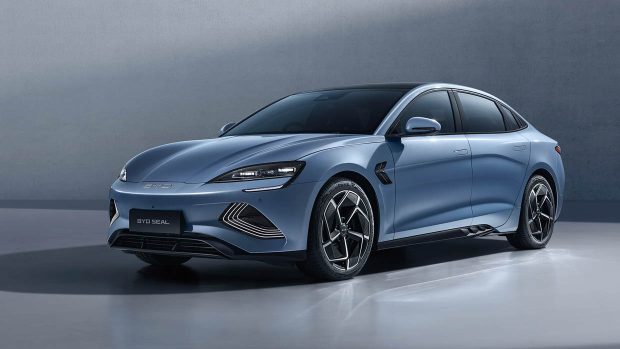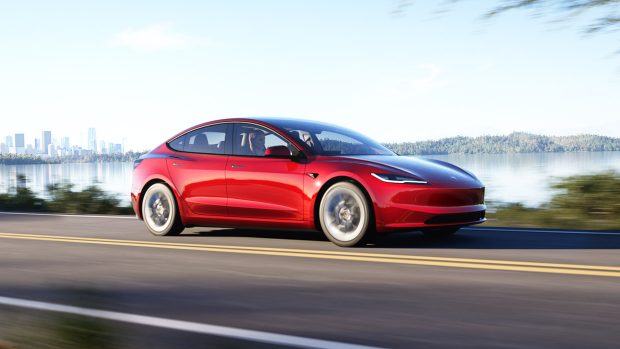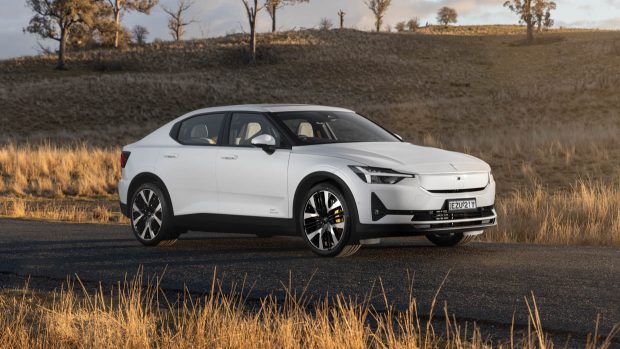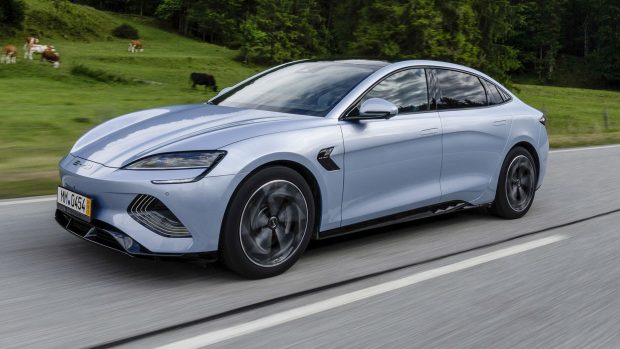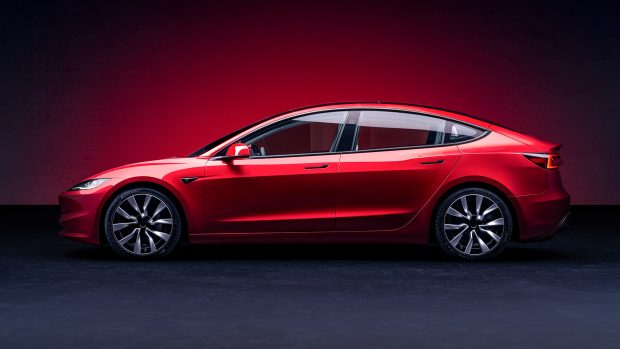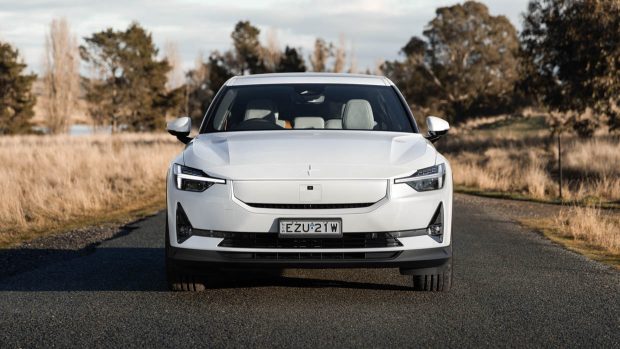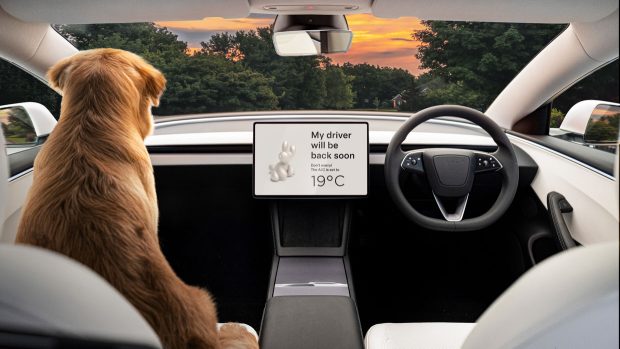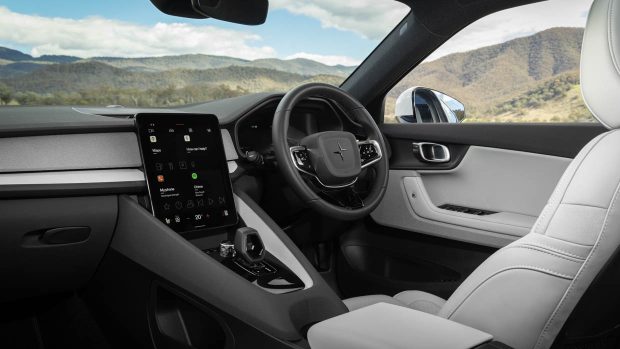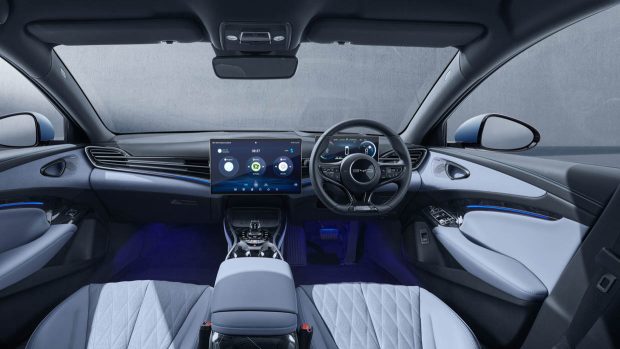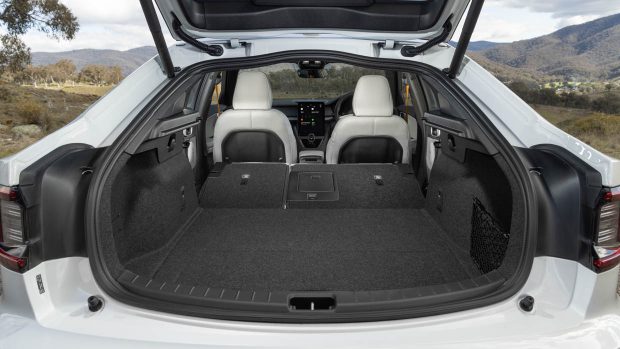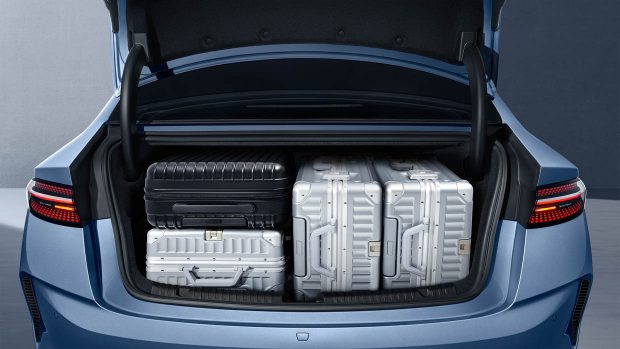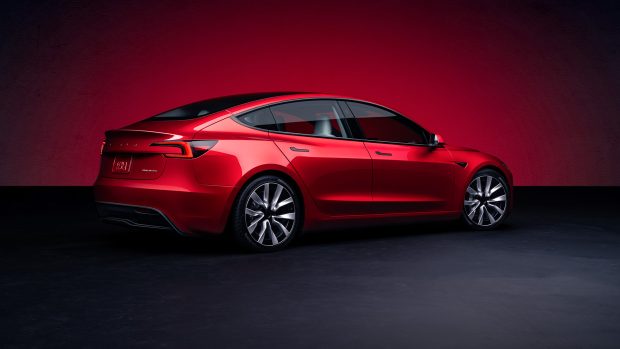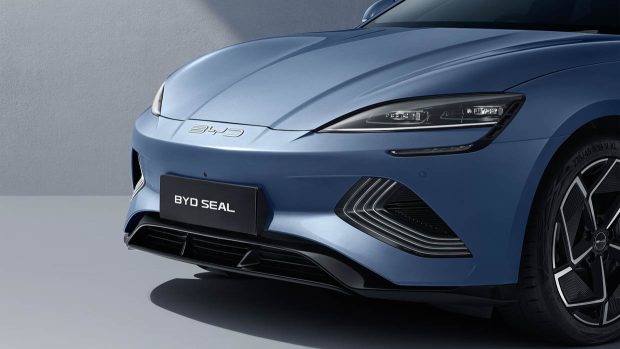-
Car Reviews
- All reviews
- Midsize SUVs
- Small cars
- Utes
- Small SUVs
- Large SUVs
- Large cars
- Sports SUVs
- Sports cars
- Vans
Latest reviews
- Car News
-
Car Comparisons
Latest comparisons
- Chasing Deals
The BYD Seal is about to launch in Australia, but how does it stack up against two of its biggest electric sedan rivals?
BYD has officially announced price and specs for its new electric sedan, the Seal, which is due in Australia by the end of 2024.
The new model certainly looks competitive in terms of pricing and what you get for the outlay, but how does it stack up against the very popular Tesla Model 3, or even the Polestar 2?
For this spec battle, we’ll take a look at the base offerings for each of the three companies, rather than the highest priced flagship models.
It’s worth noting that both the Tesla Model 3 and Polestar 2 have been updated for 2024, with increased range and more features. The Polestar liftback has also gone rear-wheel drive for the first time in its history.
Let’s find out in Chasing Cars’ latest spec battle!
Beginning with the newcomer to the market, the BYD Seal has been officially announced to start from a very competitive $49,888 before on-road costs for the entry-level Dynamic rear-wheel drive variant.
The Dynamic is followed by the $59,798 Premium rear-wheel drive and the $68,798 Performance all-wheel drive variants.
The Seal undercuts the Tesla Model 3 which starts from $61,900 before on-road costs for the base rear-drive model. The dual-motor all-wheel drive Model 3 long range is priced from $71,900 before on-road costs. The updated Model 3 Performance is not currently on sale at the time of writing.
Polestar, meanwhile, offers its 2 liftback at a starting price of $67,400* before on-road costs for the standard range single motor variant. Pricing steps up to $71,400 for the long range single motor rear-wheel drive, and $76,400 for the long-range dual-motor variant.
The most expensive Polestar 2 will cost buyers $85,400 before on-road costs for the long range dual-motor with the performance pack added.
So it’s the BYD Seal that comes in cheapest with a strongly competitive entry price. Even in high-spec Performance guise, the Seal is still $3100 cheaper than the most expensive version of the Tesla Model 3.
The BYD Seal in entry-level Dynamic guise has a claimed WLTP electric driving range of 460km thanks to its 61.44kWh usable ‘Blade’ lithium-ion battery.
Range for this model is as high as 570km (WLTP) in Premium guise with its larger 82.56kWh usable battery pack.
The Tesla Model 3, meanwhile, claims a much higher 513km (WLTP) electric driving range for its entry-level rear-drive electric sedan thanks to a 57.5kWh usable battery pack.
The long-range dual-motor has a claimed electric range of 629km (WLTP) thanks to a larger 75kWh usable battery pack.
Rounding out the pack is the Polestar 2, which has been updated for 2024. In standard range single-motor guise, owners will be able to travel up to 546km (WLTP) thanks to a 67kWh usable battery pack.
The high-spec long-range dual-motor has a claimed driving range of 593km (WLTP) with a 79kWh usable battery pack.
The entry BYD Seal is certainly impressive in terms of range, but it can’t quite get to the same range figures as the Tesla Model 3 and Polestar 2.
BYD Australia says that there are no supply issues for its models, meaning that people can get into a premium BYD vehicle in their home garage without delay. There is expected to be no supply issues surrounding orders for the upcoming Seal sedan.
The Tesla Australia website states that if ordered today, a new 2024 Model 3 build could arrive between January and March 2024.
As of October 2023, Polestar was quoting on its website an expected arrival date for the Polestar 2 of late November 2023.
Starting with the BYD Seal Dynamic, standard equipment included for the model is extensive and as follows:
The Tesla Model 3 follows with this standard specification:
Lastly, the Polestar 2 standard range single motor has the following features:
The BYD Seal provides such great value for money when looking across the spec sheets, especially when entry price is factored in.
The entry-level BYD Seal Dynamic runs a single rear-mounted electric motor that produces total outputs of 150kW/310Nm. The high-spec all-wheel drive Performance produces 390kW/670Nm.
The entry-level Tesla Model 3 also uses a rear-mounted electric motor that produces outputs of 208kW/420Nm. The flagship Model 3 produces 366kW/493Nm.
Polestar’s 2 electric sedan rounds up the pack with a rear electric motor (for 2024) that produces 200kW/490Nm.
The entry BYD Seal Dynamic is down on power against the key rivals, however makes up for things with the all-wheel drive Performance flagship.
The BYD Seal measures in at 4800mm long, 1875mm wide and 1460mm tall, with a wheelbase of 2920mm. The BYD model has a front trunk capacity of 50 litres and a rear boot capacity of 400 litres.
The Tesla Model 3 measures in at shorter than the Seal at 4720mm long, narrower at 1849mm and sits lower with a height of 1441mm. Wheelbase length is 2875mm. The Model 3 has a larger 88 litre front trunk and a 594 litre boot capacity.
Finally, the Polestar 2 measures in at 4606mm long, 1859mm wide and 1479mm tall, with a wheelbase of 2735mm. The 2 has a smaller 41 litre front compartment and 405 litre of boot space.
In terms of safety systems, the BYD Seal will come well equipped with the following features:
The BYD Seal is yet to be rated by the ANCAP safety authority.
Meanwhile, the Tesla Model 3 comes fitted with the following safety features:
The Polestar 2 standard range single motor features the following safety features:
It’s hard to look past the BYD Seal when it comes to bang-for-your-buck value, with an extensive standard specification list and a surprisingly low entry cost.
While the Seal does not deliver as strongly when it comes to electric range or pure electric grunt, it’s easy to see that this model is likely to succeed on Australian shores.
Look forward to an extensive Chasing Cars review of the new BYD Seal in the coming months as the first Seals arrive into the country.
If you’re interested in one of these vehicles, make sure to visit their manufacturer website or visit a dealership for more information.
*Please note pricing for the Polestar 2 has been amended to reflect the correct figures.
Latest news
About Chasing cars
Chasing Cars reviews are 100% independent.
Because we are powered by Budget Direct Insurance, we don’t receive advertising or sales revenue from car manufacturers.
We’re truly independent – giving you Australia’s best car reviews.
